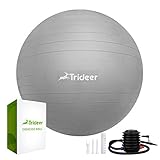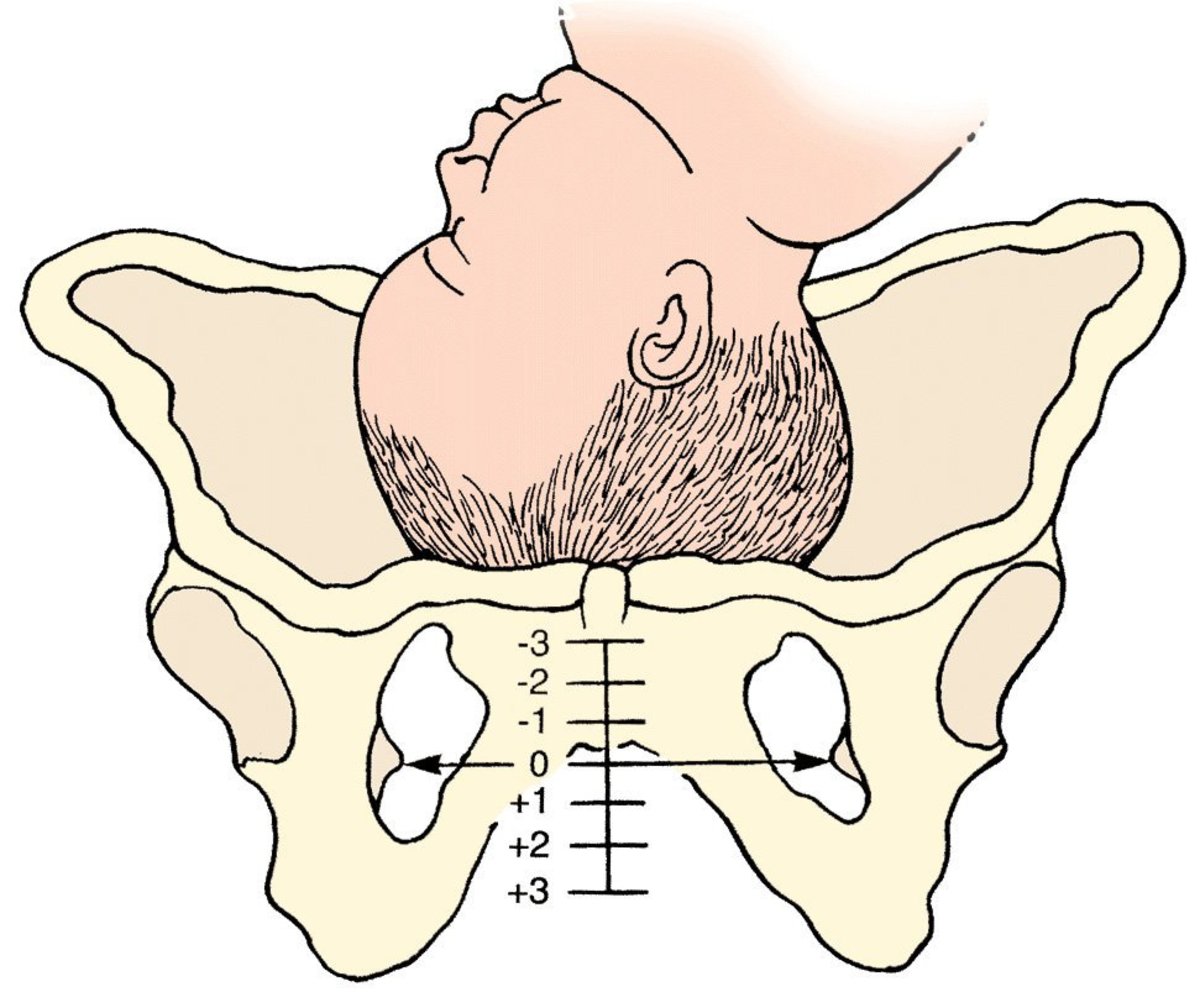How to Naturally Induce Labor at Home
Toward the end of almost every woman's pregnancy she may begin to feel a bit anxious to meet her little bundle of joy, as well as very frustrated with the uncomfortable feeling that accompanies a woman during the final stages of her pregnancy. There are several safe ways for women who are at least 39 weeks to induce labor naturally, at home. Although some methods allow women to begin the process of naturally inducing labor at 37 weeks; some medical doctors do not prefer women to begin this early because the age of the fetus may have been miscalculated. Before beginning any of the following methods, be sure to talk with your Obstetrician.

Primrose Oil
Primrose oil is used to ripen the cervix. Once the cervix is 100% effaced it will begin to dilate, although in some cases the cervix will dilate before the cervix is completely effaced. Primrose oil can either be used orally, inserted into to vagina, or rubbed onto the cervix. At 36 weeks you can take up to two 500 mg capsules of primrose oil daily; this will not cause preterm labor if it is taken properly, but it will help the cervix prepare for birth once you are full term. At 38 weeks, the dosage can be increased to 3 capsules orally and 1 capsule vaginally. The capsule should be inserted vaginally at night to help it to dissolve and to prevent it from leaking out of the vagina. In addition to helping the cervix to soften, primrose oil is also proven to help prevent women from needing an episiotomy after childbirth.
Walking and Birthing Ball
Walking is the most recommended method to inducing labor naturally. This method can be used by simply taking a walk around the block, through the mall, or even in your own home. Some women use a treadmill to walk, but this method should be used safely with another person to spot you. A birthing ball can also be used as a method to induce labor. The birthing ball guides the baby to move further down into the birth canal. When using the birthing ball sit on the ball in a squatting position. You can either bounce up and down at a safe pace or you can roll with the ball back and forth. These induction methods should not be done as an intense work out, but should be done at a slow steady pace. Do not attempt to walk or use a birthing ball if you are on bed-rest.




